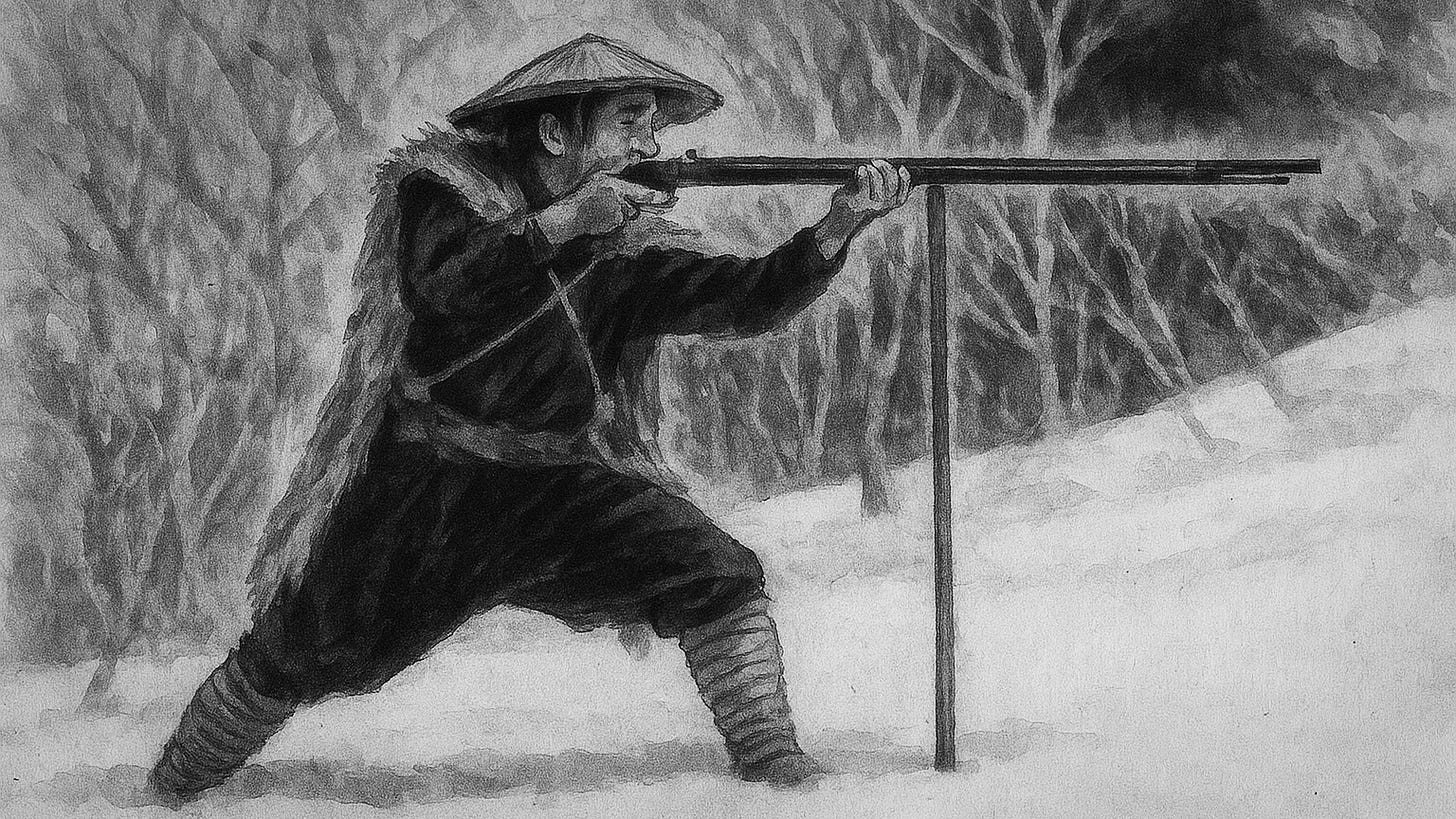From Kami to Pests
The Transformation of Japanese Attitudes Toward Bears
This week, there was news that a man in his twenties, who had been climbing in Shiretoko, the northernmost World Heritage site of Japan, encountered a mother bear and her cub, was dragged into the forest, and was found dead several days later. In fact, since the COVID-19 pandemic, the rapid depopulation of rural mountain regions in the Japanese archipelago has accelerated, and in my own experience, I feel that bear-related news has increased significantly over the past five years.
When I traveled around northeastern Tohoku for about ten days in the first half of September last year, in places such as Kita-Akita and Ōdate, located on the border of Aomori and Akita prefectures, bears were descending into towns on a daily basis, and warnings were being issued. The situation had become so frequent that local news sites even had a special “bear” category. When I spoke with people from various regions, they unanimously said that never before had bears appeared so often in human living spaces, and that the major environmental changes reducing bear habitats were accelerating this phenomenon of bears descending from the mountains into human settlements. However, that is not the only reason.



